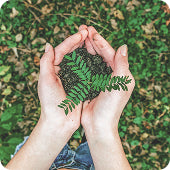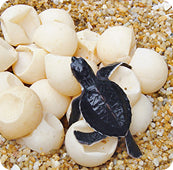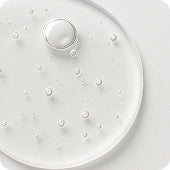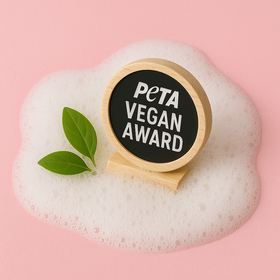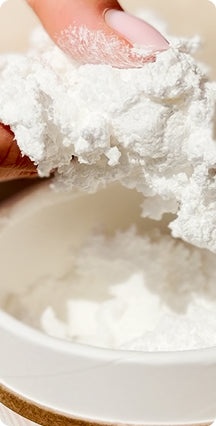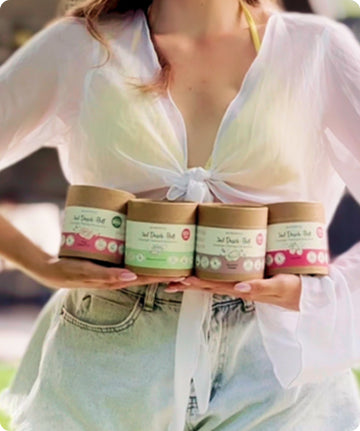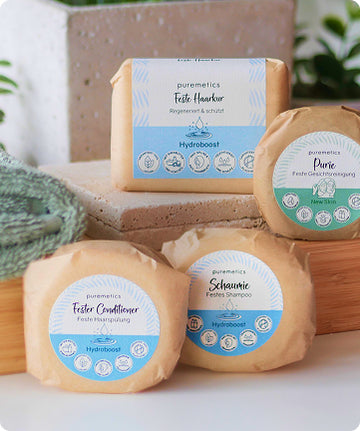The more sustainable possibilities of menstrual hygiene
The more sustainable possibilities of menstrual hygiene

Menstruation lasts about 40 years on average. Bleeding occurs once a month in most cases and lasts between three and seven days. A lot of waste accumulates from used monthly hygiene products.
On average, menstruating people use about 11,000 such products in their lifetime. Almost 50 billion menstrual hygiene products are consumed worldwide every year. In Germany, Austria and Switzerland alone, up to 125,000 tons of waste are produced every year. This is particularly problematic because conventional disposable products mostly contain plastic and are therefore not biodegradable. Plastic only breaks down into microplastics after many years and remains in this form on earth. Another issue is that some women throw the products down the toilet instead of in a trash can. These have to be laboriously removed by sewage treatment plants, which costs a lot of money and can cause blockages. In addition, very few sewage treatment plants can filter out microplastics, which means that they end up back in water.
Did you know that manufacturers of menstrual hygiene products are not obliged to communicate transparently what materials the products are made of?
This is quite problematic! More than 90% of conventional hygiene products contain plastic. Unfortunately, chemicals also find their place here: Glyphosate can be found in many tampons. Fragrances can also irritate the body. And even pesticides can be included if it's not organic cotton.

Of course, everyone has to decide for themselves what is right for them and their body. With this blog post, we would like to explain the problem and what more sustainable alternatives there are to conventional disposable monthly hygiene products.
menstrual cup
Menstrual cups are made of silicone, but because they last so long, they are a sustainable alternative to traditional disposable products. The cup is folded and inserted, when it opens it creates a vacuum which keeps it in place and catches blood. In addition to the zero-waste aspect, the advantage of menstrual cups is that they can stay in the body for longer (up to 12 hours) without any problems. Then it is emptied and rinsed out. It should be boiled regularly for hygiene reasons.
menstrual underwear
If you want to do without additional monthly hygiene products, you should take a closer look at menstrual underwear. The panties consist of several layers that catch blood. This makes them absorbent and leak-proof.
Washable pad
The principle here is similar to that of a conventional disposable pad, only that it is reusable. Washable pads are often made of cotton or bamboo fibers. They can be fastened with snaps, another option is a double pad with straps, where one part of the pad is placed in the panty, the strap is passed around the gusset and the second pad part is placed on top of the first.
Organic tampons and organic pads
Of course, reusable products are always more sustainable than single-use products. But everyone can make their own decisions about their body. If the previous options didn't convince you, then when you next buy, make sure that the monthly hygiene products are made of organic cotton, are free of chemicals and are not packaged in plastic. Some suppliers pack tampons, pads and panty liners in paper or cornstarch.
Our tip:
Are you still unsure? No problem. Try it out: try things that you feel most comfortable with and see what suits you best.
And feel free to stop by The Female Company , they just recently released vegan period underwear that replaces all three tampons.
If you would like to be informed directly about the latest blog posts, please follow us Instagram ! :-)



